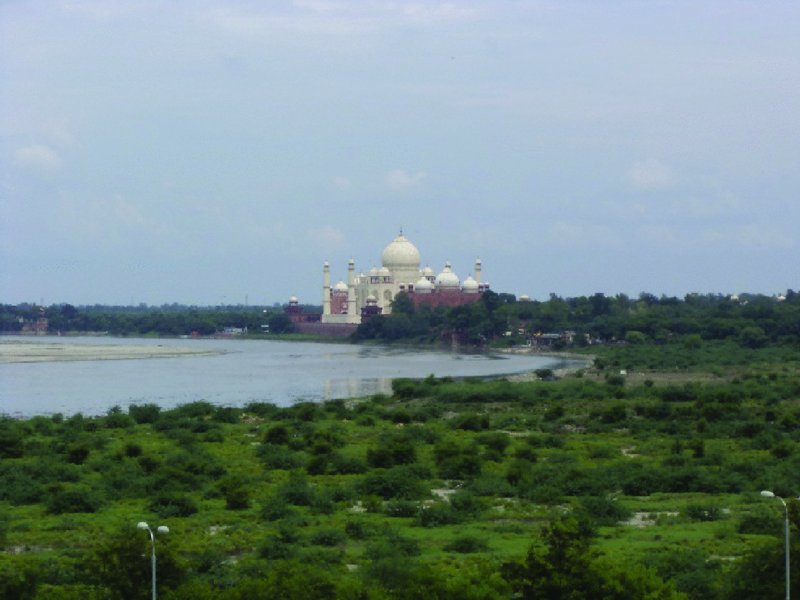1 Water Crisis
Water is essential for life; our food cannot grow without water and millions of plants and animals live in it. Despite this, it is taken for granted in many parts of the world. At times it may feel as though there is an infinite stock of freshwater but available freshwater in the world is less than 1% of all the water on earth. The human population has increased enormously and data show that freshwater species are threatened by human activities. The average population of freshwater species fell by around 47% between 1970 and 2000 (UNESCO, 2006). The problems we face today are numerous but we experience only some of them directly. For example, while many people and animals have died due to water scarcity in various parts of the world, excess nitrate runoff is responsible for dead zones (low-oxygen areas in the oceans) in other parts of the world.
Drinking water that is clean and safe is one of the basic needs for the survival of human beings and other species. It has a large effect on our daily lives and therefore civilizations are concentrated around water bodies (Figure 1.1). We may have to pay a certain amount of money to water suppliers to access drinking water, or we may receive the water supply as an amenity from governments.

Figure 1.1 Civilization has been mainly concentrated adjacent to water bodies.
Although our planet has a large amount of water, ...
Get Sustainable Water Engineering: Theory and Practice now with the O’Reilly learning platform.
O’Reilly members experience books, live events, courses curated by job role, and more from O’Reilly and nearly 200 top publishers.

